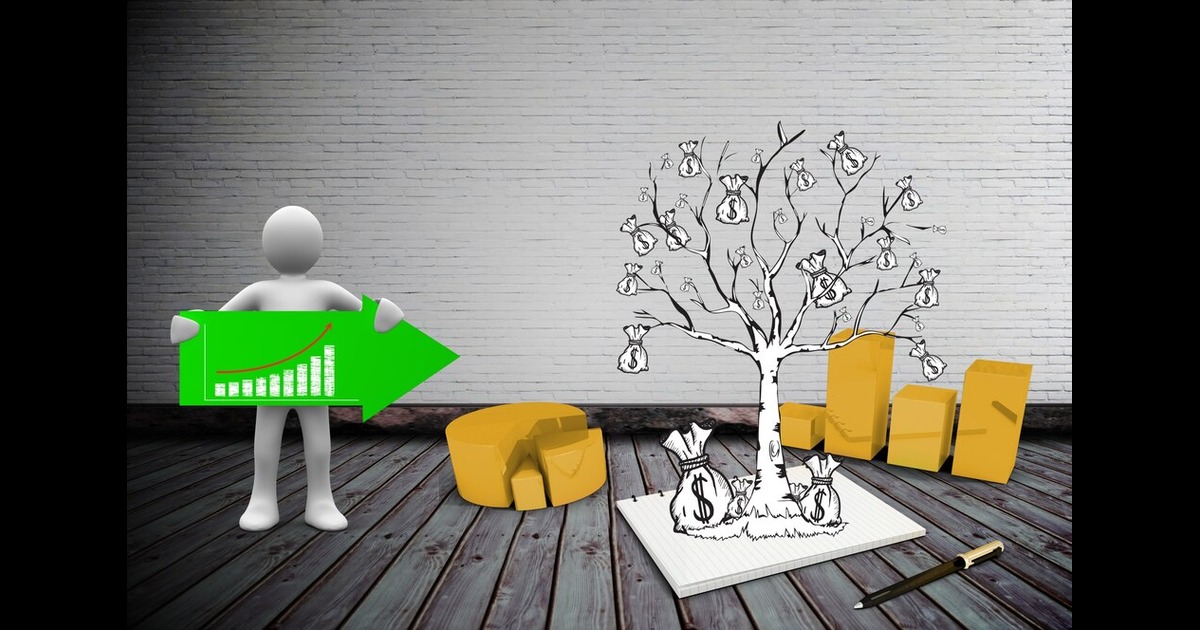When we move throughout our lives, the term that comes along with us is ‘progress distinction’. It is the difference between work that is important and work that is for the sake of merely working. While distinction helps a person in understanding the difference between routine and important work, progress is simply development. The two concepts together in combination lead to progress in the individual, professional, and social spheres. In this text we will present what the progress difference is, when and how does it appear in various industries, and how can one utilize it.
What is Progress Distinction?
Progress distinction is the ability to make a clear distinction between real progress and progress that is slow and steady. It is also a skill to know not only what is being done but also what for and how is it relevant to the end goals. It makes sure that there is concentration on the end goals and not on the quick fixes or distractions. For example, being busy at the office, does not equal to being better getting somewhere elevated cupboard. Real progress is made when the activity helps achieve the objectives or other directional metrics of the organization. With that distinction, one does not lose energy and guarantees the effective usage of time and resources.
Why The Progress Distinction Is Important?
The progress difference is quite fundamental, as it promotes purposeful behavior. It helps people and organizations channel their energies towards strategies that will yield measurable benefits. Without it, regression is even a possibility regardless the amount of efforts that are put forward. It further helps in the understanding of success definitions in a more holistic manner. In that way, incremental efforts are facilitated. For instance, in order to develop their full potential, people must be able to measure progress in various ways. For example, undertaking a new hobby or acquiring new skills should reflect a sense of novelty, pleasure, or education. It does the same for business teams by allowing them to focus on critical projects rather than getting stuck in routine activities that have low impact.
Practical Uses of the Progress Distinction
In the eye of an employer progress distinction is very significant in a workplace, education or any other person growth because it advocates for things that matters rather than shallow attempts. Developed goals, as well as weight loss, improving stamina, sleep and general health are just a few examples of holistic growth in personal development. It makes sure that students acquire relevant skills by shifting the emphasis of education towards problem-solving, critical thinking, and understanding rather than learning through rote techniques. As productivity is defined by the results attained as opposed to hours put in work, a result oriented work ethic is employed which leads to effective use of resources and better staff morale. In this sense, progress distinction helps in enhancing individual performance and group performance as well by employing healthy self intervention for enhanced productivity and intentional development for better pathway to success.
Recommended Steps To Develop Distinction In Progress
Set ‘SMART’ Goals: First set some Objectives. It is easier to search for trends with results that are baked in. Instead of, “I want to go pro,” say “In two quarters, I will work on leadership.”
Focus on Outputs, Not Time Spent or Tasks Completed: Use results instead of hours or number of attempts to measure success. In other words, turn to metrics that better represent progress – growth in sales revenue, or higher status in the class.
Conduct a Formative Assessment: Establish a habit of tracking your progress. Give yourself a litmus test like, “Is this sensitive work moving me closer to my goal? Re-focusing if and when needed to be able to meet the target
Maintain Openness to Feedback: Another way of executing self-defence is an unhealthy one by using negative feedback that you receive.
Ameliorate rather than Multitask: It is better to focus and complete one important task than to waste time working on a number of irrelevant tasks/activities. This rule should not be patterned only to working and learning but to personal goals as well.
Long-term Progress First: Never look for patches, which only seem to resolve issues plaguing the present tense. Look for places where there is scope to build something in the long run. Such as, creating good professional relationships may open doors to several career growth opportunities in the future.
Identify Red Flags: Recognize when you fall into a pattern of doing unmeaningful work. You need to reassess and refocus if you feel you’re working hard but getting little in return.
Real-Life Life Examples of the Progress Difference
The growth difference, which refers to a noteworthy advancement in several areas, guarantees that your journey to achievement will be fairly balanced.With this viewpoint, the emphasis on fitness and health shifts from weight loss to more all-encompassing goals like increased strength, endurance, and general well-being. This strategy promotes comprehensive and long-lasting health benefits. It emphasizes the importance of strategic activities for corporate success, such as hosting as many meetings as possible that result in an alliance or development rather than attending numerous meetings with no clear goal.It also encourages artists to focus on the qualitative ratio of quality over quantity in order to reach their desired artistic aims and have their work resonate with their audiences.It can be beneficial to center progress differences around them.
Conclusion
FAQs
What is the difference between progress in simple words?
The difference between activity that feels productive and real growth is termed as the progress distinction. It helps in creating priorities for essential tasks.
How do I apply the concept of the progress distinction to my professional life?
Design specific goals, focus on measurable outcomes, and regularly review your work. Ensure that your tasks support the goals of your team or organization.
Why do people need the distinction between progress and growth?
It ensures that your efforts lead to significant gains in your life and avoids wasting time and energy.
What are the advantages of progress distinction for students?
It assists kids in concentrating on comprehending ideas and learning useful skills.
What part does feedback play in differentiating progress?
Feedback provides you with an outside look that will help you determine your blind spots and areas of improvement so you can focus your efforts better.

